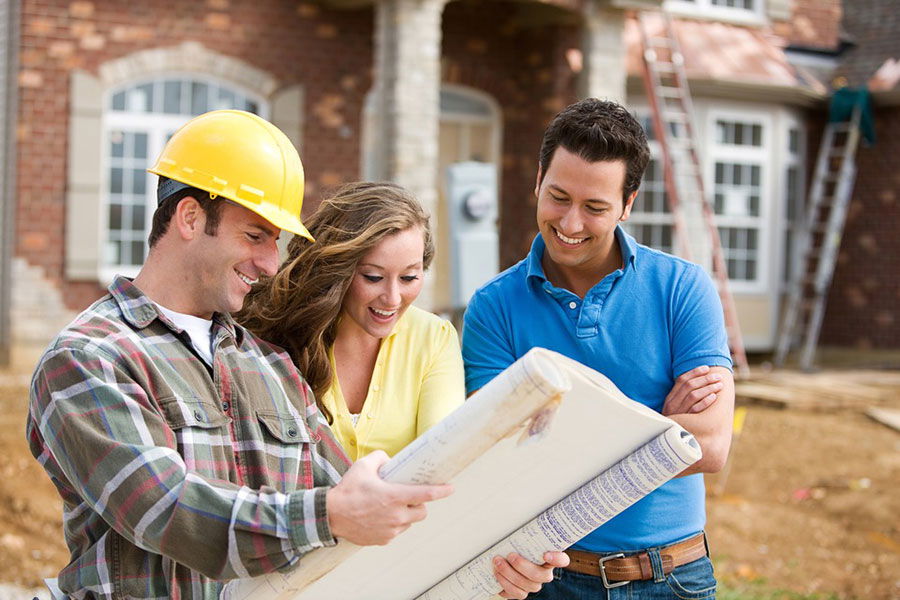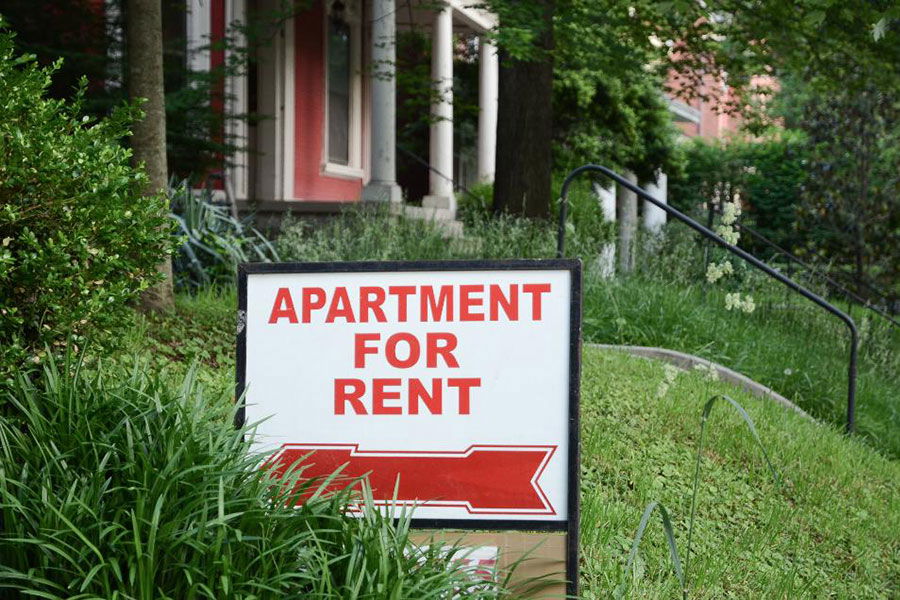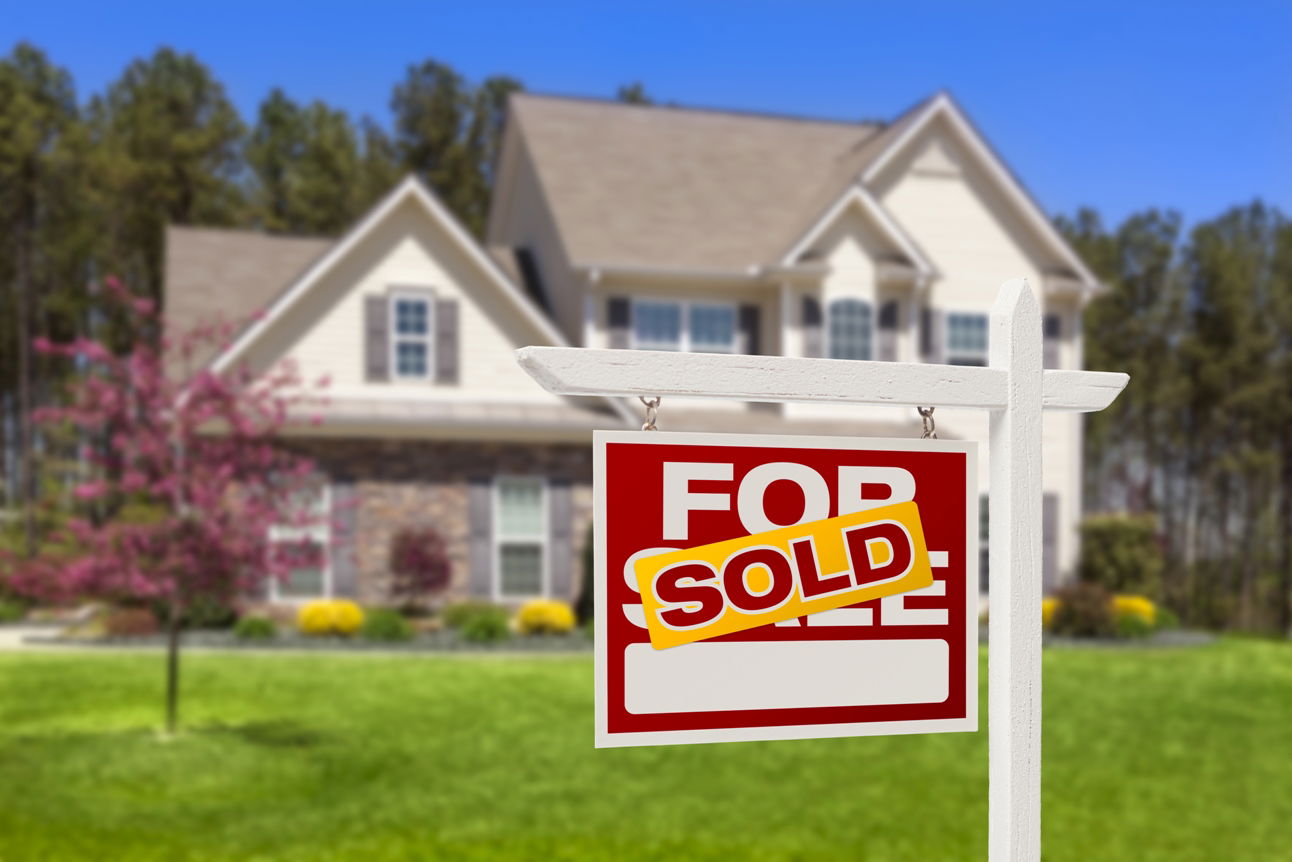Deciding whether to build a house or buy an existing one isn’t just about cost—it’s about control, timing, and long-term priorities. Building gives you the freedom to design a home that fits your lifestyle from the ground up. Buying, on the other hand, usually means a faster move-in and fewer decisions to make.
But which one makes more sense financially?

The answer depends on where you live, what kind of home you’re after, and how flexible your timeline is. In some areas, building may be the better value—especially if you already own land. In others, buying an existing home might save you money and stress.
This guide will break down what it really costs to build a home in 2025, how it compares to buying, and smart ways to keep your construction budget under control.
What affects the cost of building a home?
Building a home comes with a lot of moving parts—and every decision affects the bottom line. Here are the biggest factors that shape how much you’ll spend.
Location and Land Costs
Where you build plays a major role in overall cost. Land prices vary dramatically depending on location, with urban areas typically charging more for both land and permits. Labor rates also change by region—shortages or strong demand in certain areas can drive up costs quickly.
Home Size and Floor Plan
Larger homes cost more to build—plain and simple. More square footage means more materials, labor, and time. Complex layouts or multi-story designs also raise costs. Sticking to a smaller footprint and straightforward floor plan helps keep your budget in check.
Materials and Finishes
The materials you choose can swing your budget significantly. Budget-friendly options like vinyl siding and laminate counters cost far less than stone exteriors or hardwood floors. Material prices can also rise due to supply chain issues or regional availability, so timing matters.
Upgrades and Custom Features
Custom details add personality—and expense. Upgrades like built-in shelving, smart-home wiring, energy-efficient windows, or a walkout basement increase the price. The more customizations you add, the more you’ll spend. Choosing standard packages helps control costs.
Market Conditions
Construction costs shift with the economy. High inflation, labor shortages, or spikes in material demand can make building more expensive. On the flip side, lower demand or stable prices might work in your favor. Talk with local builders to get a read on whether now is a good time to build in your area.
Pros & Cons of Building vs. Buying
Choosing between building a home and buying an existing one isn’t just about cost. Each option has its own set of advantages and challenges that can affect your lifestyle, timeline, and long-term satisfaction. Here’s a look at the key pros and cons of each choice.
Pros of Building a Home
- Customization: Building a home lets you design every detail to fit your needs and style. From the floor plan to the finishes, you can create a space that’s uniquely yours.
- Modern features and energy efficiency: New homes can be built with the latest energy-efficient technology, appliances, and materials, which can help reduce utility bills and environmental impact.
- Low maintenance: With everything being brand new, you’ll likely have fewer repairs and maintenance needs in the first few years, saving both time and money.
Cons of Building a Home
- Longer timeline: Building a home from scratch takes time, often several months to a year. This can be a drawback if you need a place to live sooner rather than later.
- Unexpected costs: While you can estimate building costs, unexpected expenses often arise during the construction process. Weather delays, material shortages, or changes to your plans can add to the budget.
Pros of Buying an Existing Home
- Immediate move-in: Buying a home allows for a quicker move-in timeline. Once the sale closes, you can settle in without waiting for construction.
- Established neighborhoods: Existing homes are often located in mature neighborhoods with established schools, landscaping, and amenities, which can be appealing if you value a settled community.
- Potential for negotiation: When buying a home, you may have room to negotiate the price, especially if it has been on the market for a while or needs repairs.
Cons of Buying an Existing Home
- Limited customization: An existing home may not have all the features you want. Renovating can help, but it comes with additional costs and may still not fully align with your ideal layout or finishes.
- Higher maintenance costs: Older homes may require more frequent repairs and updates, particularly for key systems like plumbing, HVAC, and roofing. These costs can add up over time.
- Possibly less energy efficient: Older homes may lack modern energy-efficient features, which can result in higher utility bills compared to newer construction.
How Building and Buying Costs Compare Across U.S. Regions in 2025
As of early to mid-2025, the average cost to build a home in the U.S. is around $150 to $200 per square foot, with a national average of $153 per square foot (roughly $392,000 for a standard-sized home).
In comparison, the median cost to buy an existing home is higher in most regions, with a national average of about $234 per square foot. Here’s how regional costs stack up:
| Region | Cost to Build (Per Sq Ft) | Cost to Buy (Per Sq Ft) |
|---|---|---|
| Northeast | $150 – $200 | Around $234 |
| Midwest | $150 – $200 | $140 – $180 (as low as $61 in some cities) |
| South | $150 – $200 | $160 – $220 |
| West | $150 – $200 | Up to $290 or more in high-cost metros |
In more affordable regions—like parts of the Midwest and South—building can offer better value, especially if you already own land. In high-cost markets like the West Coast or major Northeastern cities, buying an existing home is often more cost-effective due to elevated land prices and stricter zoning regulations.
Breakdown of Home Building Costs in 2025
Here’s a quick look at the major expenses that make up the total cost of building a house. Actual prices will vary by location, materials, and project complexity.
| Cost Category | Typical Price Range | Notes |
|---|---|---|
| Site Prep & Excavation | $5,000 – $50,000+ | Includes land clearing, grading, and utility access. Urban lots cost more. |
| Finished Lot | $40,000 – $150,000+ | Averages around $92,000 nationally; varies widely by region. |
| Foundation | $25,000 – $30,000 | Slab is cheapest; basements cost more. |
| Framing | $35,000 – $50,000 | One of the largest line items; depends on size and design. |
| Exterior Finishes | $20,000 – $40,000 | Includes siding, roofing, windows, and doors. |
| Interior Finishes | $50,000 – $100,000+ | Flooring, cabinets, counters, paint, and trim—highly customizable. |
| HVAC, Plumbing, Electrical | $30,000 – $50,000 | Essential systems; costs vary by home size and complexity. |
| Labor | ~40% of total cost | Labor drives a large portion of your budget. |
| Building Permits & Fees | $1,200 – $2,000+ | Varies by city, county, and project scope. |
Average Cost to Build a House in 2025
As of 2025, the average cost to build a new single-family home in the U.S. is estimated at $392,000, according to the National Association of Home Builders. This figure covers construction costs only—materials, labor, and basic overhead—but excludes the cost of land, permits, financing, and builder profit.
For context, the average new home size is around 2,561 square feet, which works out to about $153 per square foot.
Other sources place construction costs slightly higher, around $428,000 for a 2,647 square foot home, or $160 per square foot, depending on region and builder markup. These figures still don’t include land or soft costs like loan interest or landscaping.
Once you factor in everything—land, permits, design fees, and financing—the total price of building a home can rise to around $640,000 or more, depending on location and choices.
Regional Differences That Affect Building Costs
Location remains one of the biggest factors in determining how much it costs to build a home. Urban and coastal areas tend to have higher land prices, stricter building codes, and greater demand for labor—all of which increase construction costs.
In rural or less populated areas, building tends to be more affordable. Land is cheaper, permitting can be faster, and there’s often less demand for contractors. However, remote locations may have fewer builders available or higher material delivery costs.
Here’s how location typically influences total costs:
- High-cost areas (like San Francisco, New York City, or Seattle): Expect construction and land costs to be significantly above national averages.
- Mid-cost areas (such as Denver, Dallas, or Minneapolis): Costs often hover close to the national average.
- Low-cost areas (such as parts of Michigan, Alabama, or Iowa): Construction costs and land values may be well below average, offering opportunities for significant savings.
Before deciding where to build, talk to local builders and check current land prices. Knowing how costs vary by region will help you set a realistic budget for your location.
5 Steps to Begin Building a House
If you feel like building a brand-new house could be the right choice for you, here are five steps you can take to get the home-building process started.
1. Come up with a budget
You may feel ready to start designing your dream home, but it’s best to come up with a budget first. A budget will help you determine what you can actually afford, and it will make it easier once you begin working with the builder.
2. Get the financing straightened out
Once you know what you can afford, it’s time to figure out your financing. Fortunately, financing a new home is fairly similar to taking out a mortgage on an existing home.
You’ll start by getting preapproved by a bank or lender. During the preapproval process, your lender will check your credit score and evaluate your assets and liabilities to determine what they’re willing to lend you.
3. Choose your lot
Once you know your budget and have worked out the financing, it’s time to choose your lot. You can either purchase a lot in an existing neighborhood, or you can build land in an area that you plan to build on.
If you purchase land to build on, you’ll want to talk to the builder about any additional costs that come with this. These costs include things like leveling the ground or cutting down trees.
4. Choose your floor plan and design
When you’re choosing your floor plan and design, you’ll consider things like how many bedrooms you want, and the overall layout of your home.
Most home builders will have predesigned house plans you can choose from. But if you’re looking for numerous customizations, it’s a good idea to work with an architect to create a housing design.
5. Stay involved in the process
Unless you’re a contractor, you’re likely outsourcing the building of your home to someone else. But it’s still a good idea to be involved in the construction process.
Ask your builder to keep you in the loop, and provide opportunities to see the home during various building stages. These walk-throughs will give you a chance to ask questions and point out any problems that you see arising.
7 Ways to Reduce the Cost of Building a House
Building a home doesn’t have to mean spending a fortune. Here are practical ways to keep costs manageable without sacrificing quality or style.
1. Choose Cost-Effective Materials
Opt for affordable yet durable materials, like fiber cement siding instead of wood or vinyl instead of stone, to save thousands without compromising on appearance. Locally sourced materials can also help you avoid high shipping fees.
2. Opt for Modular or Pre-Designed Floor Plans
Custom architecture can be costly. Choosing modular homes or pre-designed layouts allows you to avoid high design fees while still achieving a stylish, functional home.
3. Focus on Energy Efficiency
Building with energy-efficient designs and materials can lower utility bills over the long run. Consider options like energy-efficient windows, insulation, and appliances to reduce heating, cooling, and electricity costs. Solar panels may also be worth exploring, especially if local incentives are available.
4. Reuse and Recycle Materials
Incorporating salvaged materials, like reclaimed wood, vintage doors, or recycled fixtures, can add unique character to your home while saving on material costs. Architectural salvage yards and online marketplaces offer these items at a fraction of the price of new materials.
5. Limit Customization
Sticking to standard dimensions and avoiding custom features—such as non-standard window sizes or intricate woodwork—can help cut costs. Custom elements often mean higher material and labor costs, so keeping things simple can lead to substantial savings.
6. Hire a Cost-Conscious Contractor
Find contractors known for staying on budget and avoiding unnecessary expenses. A good contractor can offer valuable suggestions on where to cut costs without impacting quality, so ask for their recommendations on budget-friendly options.
7. DIY Smaller Projects
Handling some minor tasks yourself can also save money. If you’re comfortable, consider tackling projects like landscaping, painting, or basic finishing work. Just be cautious with larger projects, like electrical or plumbing, which require professional expertise for safety and code compliance.
By using a mix of these strategies, you can keep your home-building project affordable while still achieving the home you envision. Thoughtful choices upfront help maximize your budget and keep costs under control.
Is it cheaper to buy or build a house?
So, now that you know how much it costs to build a house, and what goes into starting this process, is it cheaper to buy or build a home? The truth is, that depends on several factors.
The estimates will vary depending on what averages you’re looking at. And many of the home costs are entirely within your control.
For instance, you get to choose your own lot, the size of your home, and how much you spend on things like appliances. So, if you want to find ways to save money on your building a home, you certainly can.
The most important thing to do is to consider your budget, and then what you’re hoping to get out of your home. If you know you can afford to build a house, and it’s worth it to you to pay for a custom design and floor plan, then it may not matter what the cheaper option is.
Bottom Line
Whether you build or buy, the right choice depends on your goals, budget, and timeline. Building gives you full control over design and features—but it often takes longer and costs more. Buying is usually faster and may be more affordable, especially in high-demand markets.
Start by deciding what matters most: customization, convenience, or cost. From there, set a realistic budget and compare options in your area. The better you understand the trade-offs, the easier it is to make a confident, informed decision.




